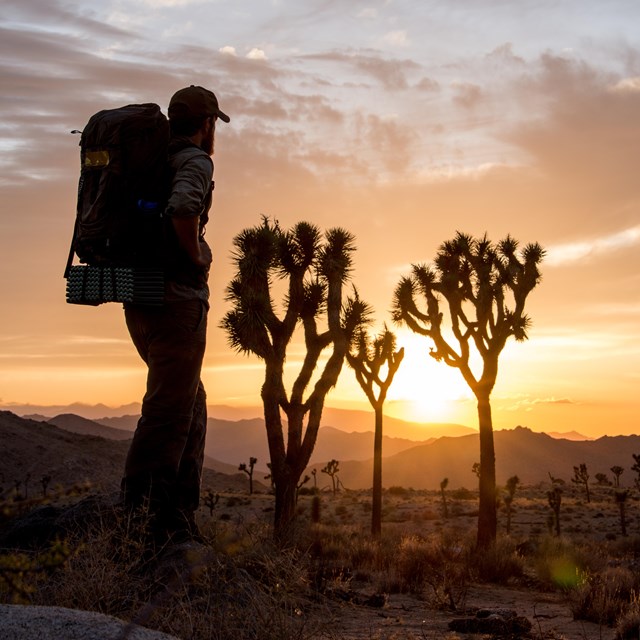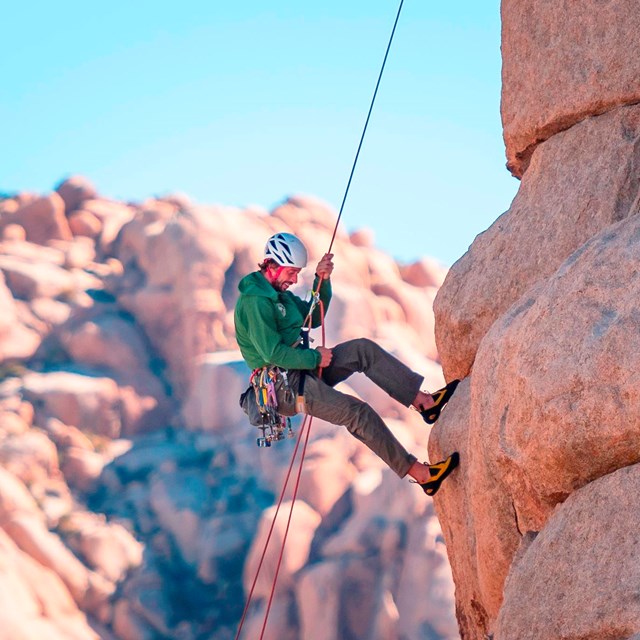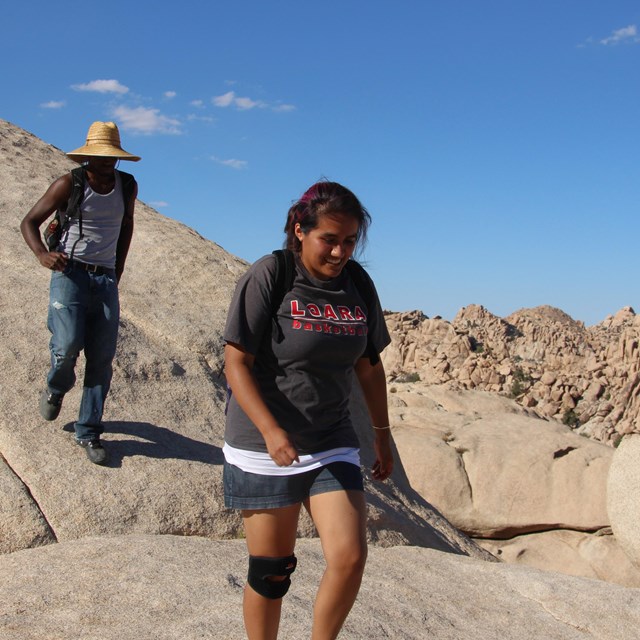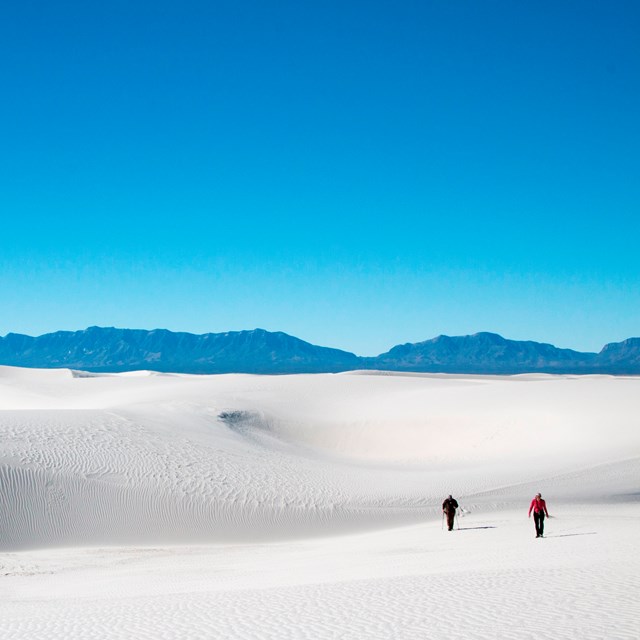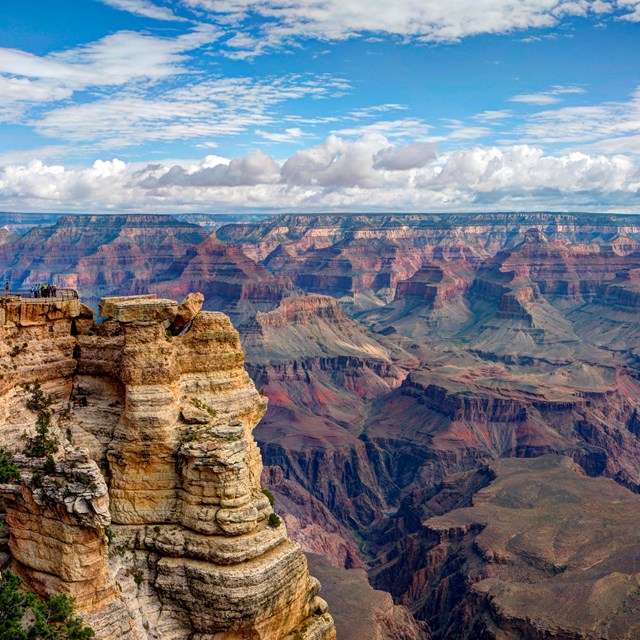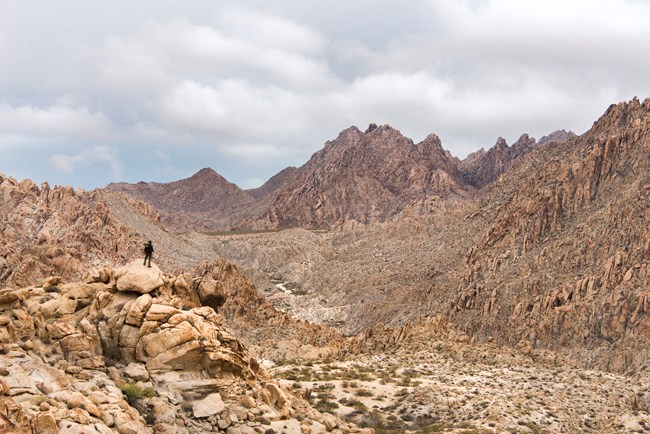
Established by the Wilderness Act of 1964, federally-designated wilderness is the highest level of legal protection for public lands. By law, wilderness is largely free from roads, buildings, and mechanized equipment. It is preserved for its wealth of values: ecological, scientific, recreational, historic, and cultural. These places are meant to be truly wild. A space reserved for wildlife to roam free. For nature to thrive on its own terms. For humans to unplug from civilization and experience solitude and connection to the natural world. Wilderness serves as a refuge to all. Joshua Tree WildernessVisitors come to experience the many joys of wilderness. Taking a quiet walk through a woodland of Joshua trees. Looking out into a sea of granite boulders, cliffs, canyons, and domes, millions of years in the making. Hearing the cascading melody of a canyon wren. Smelling the creosote after a summer monsoon storm. Gazing into the dark night skies and seeing the milky way and deep space for the first time. Wilderness CharacterThe NPS’s primary mandate for managing wilderness is the same across all federal lands: to preserve wilderness character. The holistic concept of wilderness character protects the biophysical environment, personal experiences, and the symbolic meanings of humility, restraint, and respect. The many benefits of wilderness are rooted in its character preservation. This concept of wilderness character includes five tangible qualities: 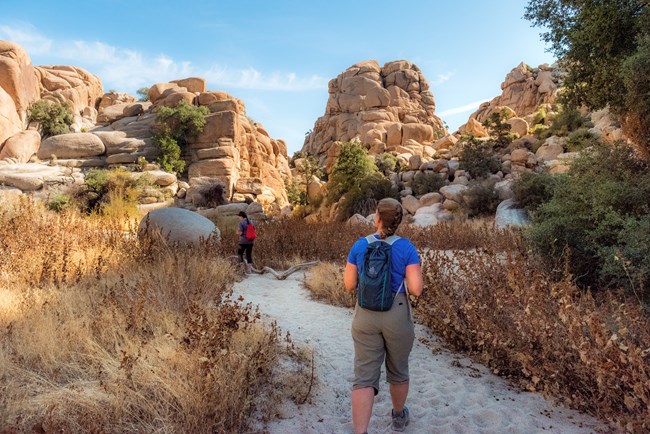
Natural: Ecological systems are substantially free from the effects of modern civilization and managed to preserve it's natural conditions. Managing WildernessJoshua Tree National Park manages a total of 795,155 acres, or 1,242 square miles. Of the total area, nearly 84% is managed as wilderness. This includes 595,364 acres of "designated wilderness" (known as the Joshua Tree Wilderness), 70,538 of "potential wilderness", and 402 acres of "proposed wilderness." Designated wilderness is managed in accordance with federal law and is part of the National Wilderness Preservation System. For land to become designated wilderness, a Congressional act must signed into law by the President of the United States. Potential wilderness and proposed wilderness are managed to preserve their wilderness character according to NPS policy rather than federal law. More information about the multiple categories of wilderness in the NPS are available. 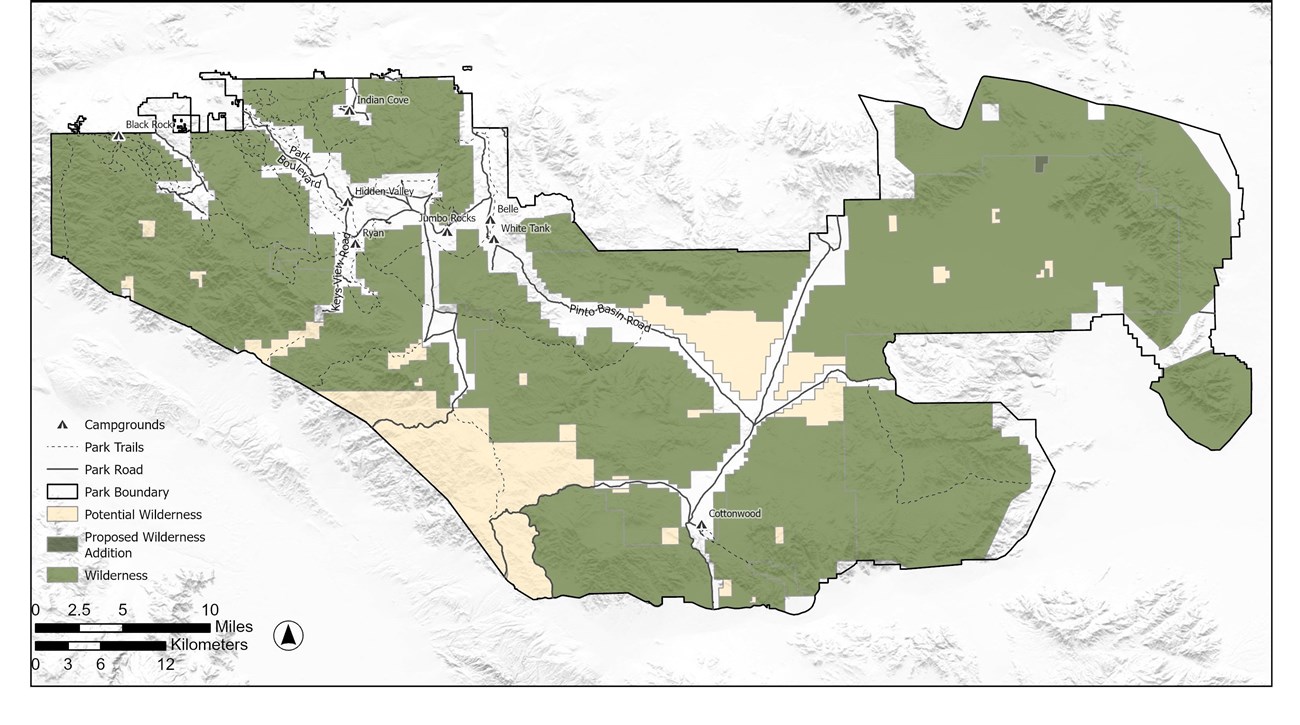
Timeline1964 - The Wilderness Act becomes law, establishing the National Wilderness Preservation System. Experience Joshua Tree Wilderness
Learn More about Wilderness
Visit our keyboard shortcuts docs for details
Wilderness Hiking at Joshua Tree National Park Video: NPS / Renata Harrison
Visit our keyboard shortcuts docs for details
Wilderness Rock Climbing at Joshua Tree National Park NPS / Renata Harrison
Visit our keyboard shortcuts docs for details
Wilderness Backpacking at Joshua Tree National Park Video: NPS / Renata Harrison |
Last updated: January 7, 2025

